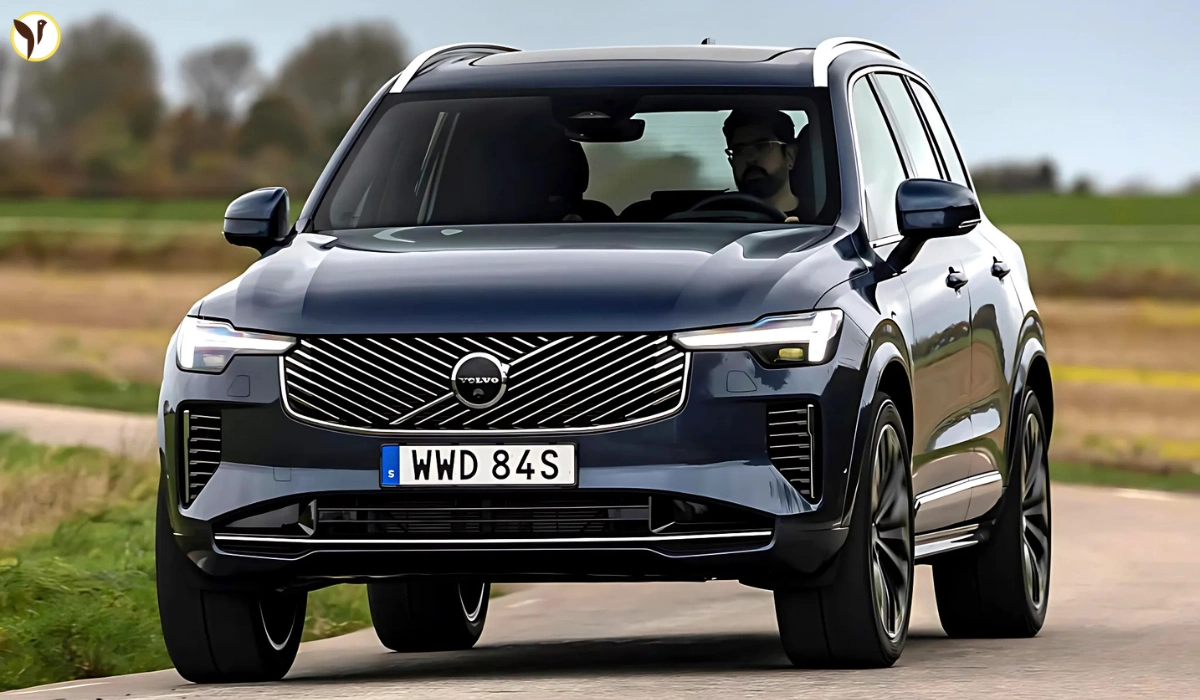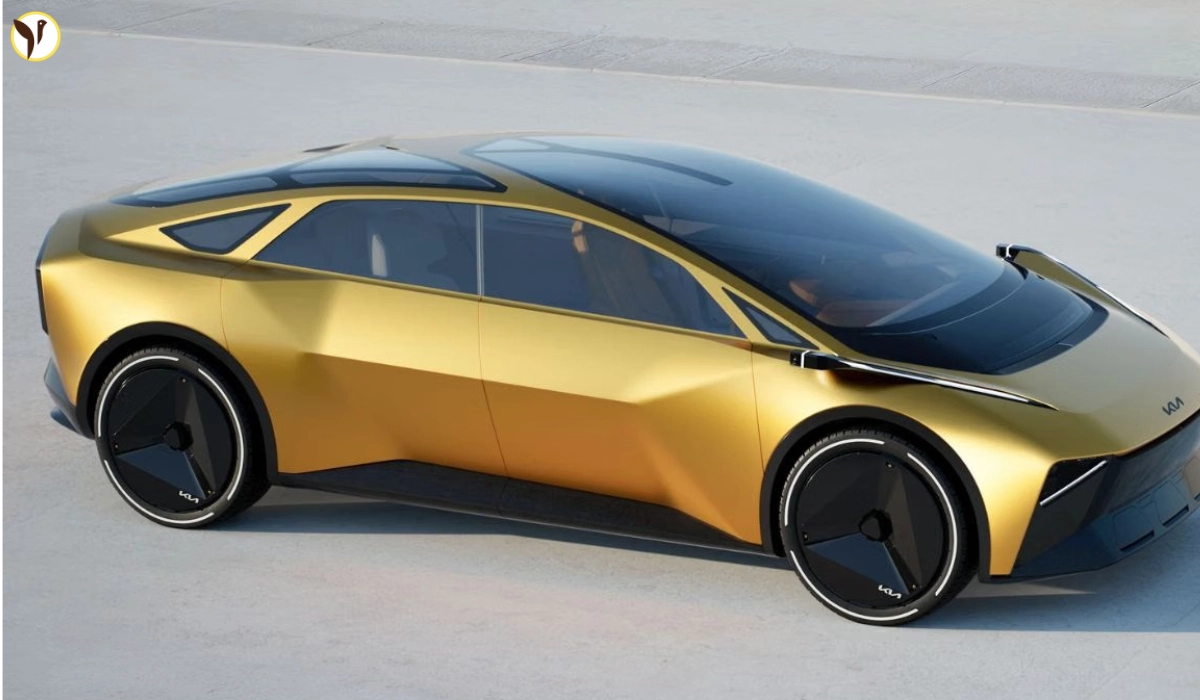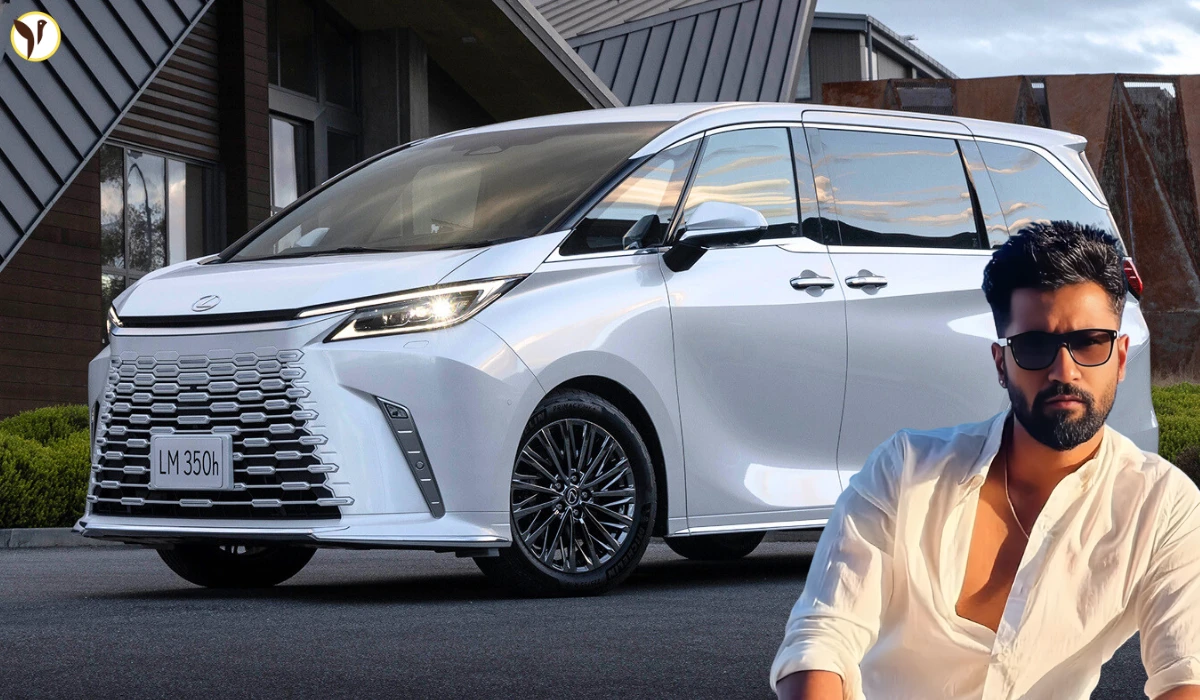Just when we had all but written off the Volvo XC90, it's turning around — and not in an electric-only direction. That's right, in an interesting turn of events, Volvo confirmed that the XC90 will be getting a third generation SUV, likely not full electric like its young brother, the EX90, but with a long-range plug-in hybrid system that will appeal to many buyers in the U.S.
This is good news for families, road-trippers, and SUV enthusiasts that are not quite ready to commit to an EV, but are still seeking greening alternatives.
Why the XC90 Still Matters in 2025
Let’s face it- the XC90 is somewhat of a legend.
- Released in 2014 and face-lifted in 2024, it has been Volvo’s flagship family SUV for over a decade.
- Renowned for its elite safety, Scandinavian luxury, and seven-passenger comfort, the XC90 has been a mainstay for plenty of American families and professionals for many years.
While it was anticipated that the newer EX90 would replace it, the reality is that many buyers are not ready for a fully electric SUV, and Volvo listened. So instead of putting the XC90 out to pasture, it has gotten a smarter, more efficient upgrade.
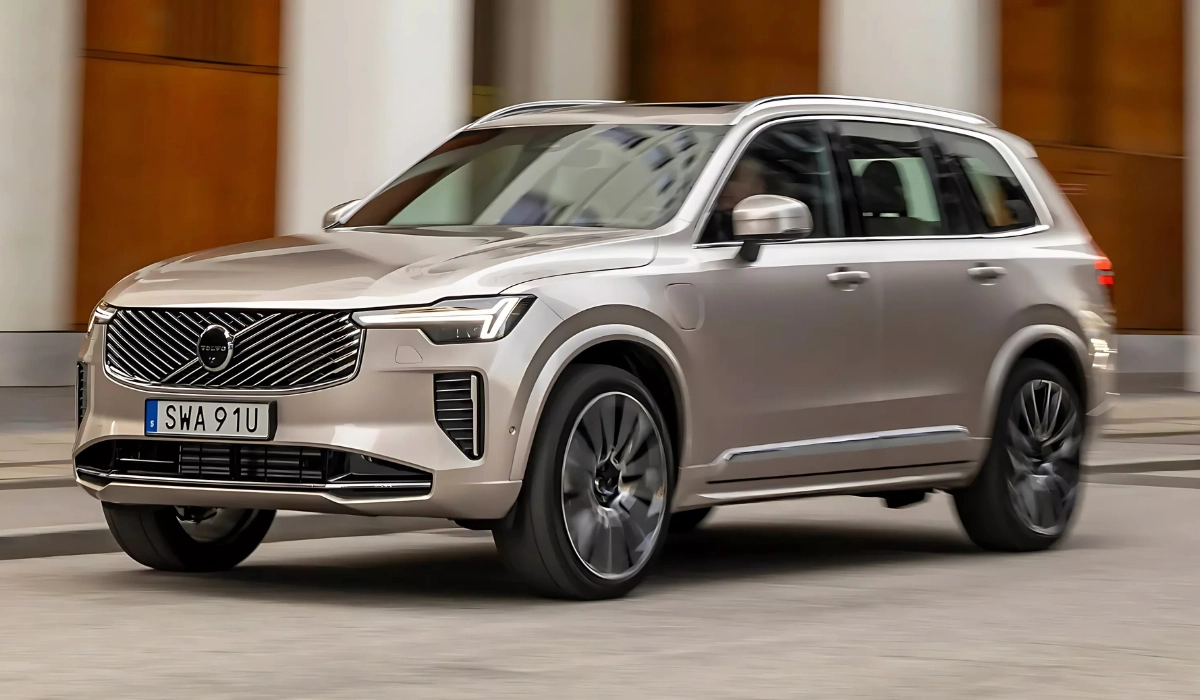
Hybrid Over Electric — The Thoughtful Beneficiary
Instead of forcing a full switch to electric, Volvo is giving buyers something much more practical - a mega-powered plug-in hybrid (PHEV).
- Rumors are saying it could have a battery of up to 40 kWh with an electric range of around 110–115 miles.
- This means you will be able to run errands or commute every day on battery, while being able to use gas in a pinch for a long road trip.
It’s perfectly designed for those who want to "try on" the EV lifestyle without worrying about charging stations - especially if you live in a rural or suburban part of the U.S.
Why this is a win:
- No range anxiety
- Less fuel use = cheaper
- Charge at home, but long trips available whenever
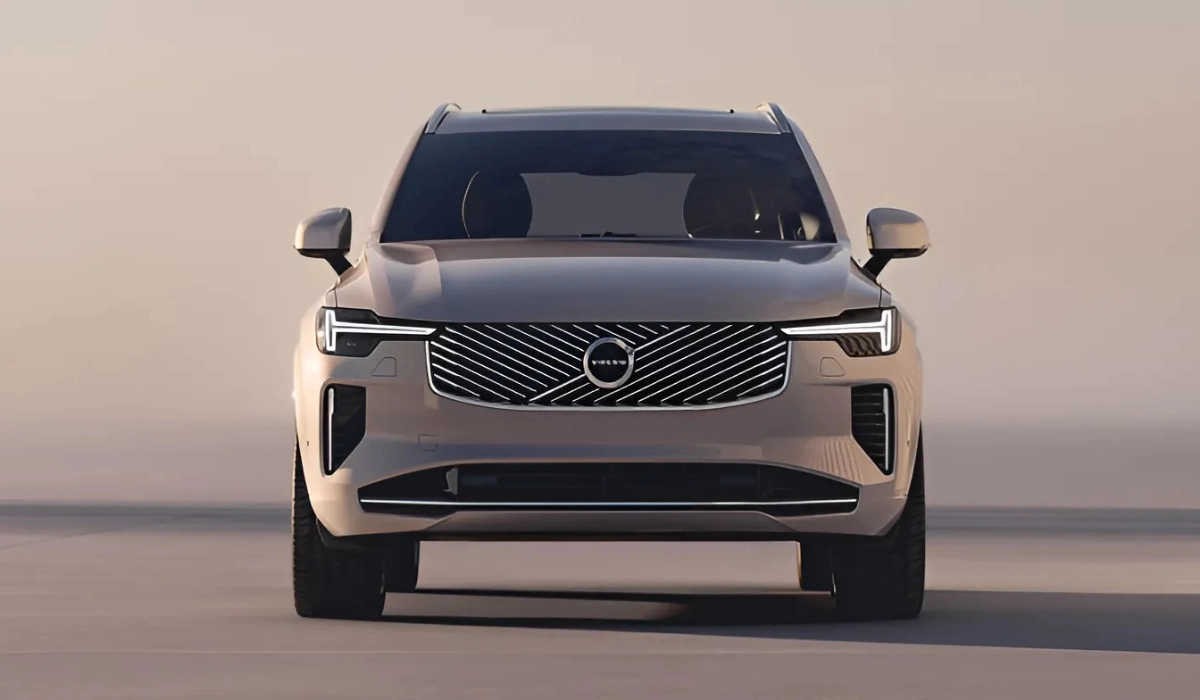
Will it be made in the U.S.?
There's a good chance that it will be. The Volvo plant in Charleston, South Carolina is already building the S60 and starting in 2027, the XC60; and the XC90 may follow, helping to lower prices and availability to U.S. buyers.
Why this is exciting:
- U.S. made = lower prices (no import fees)
- Faster delivery and more availability
- Good for the economy and local jobs
It appears Volvo is clearly thinking long term, and they know American buyers want options that fit their lifestyle and their budget.
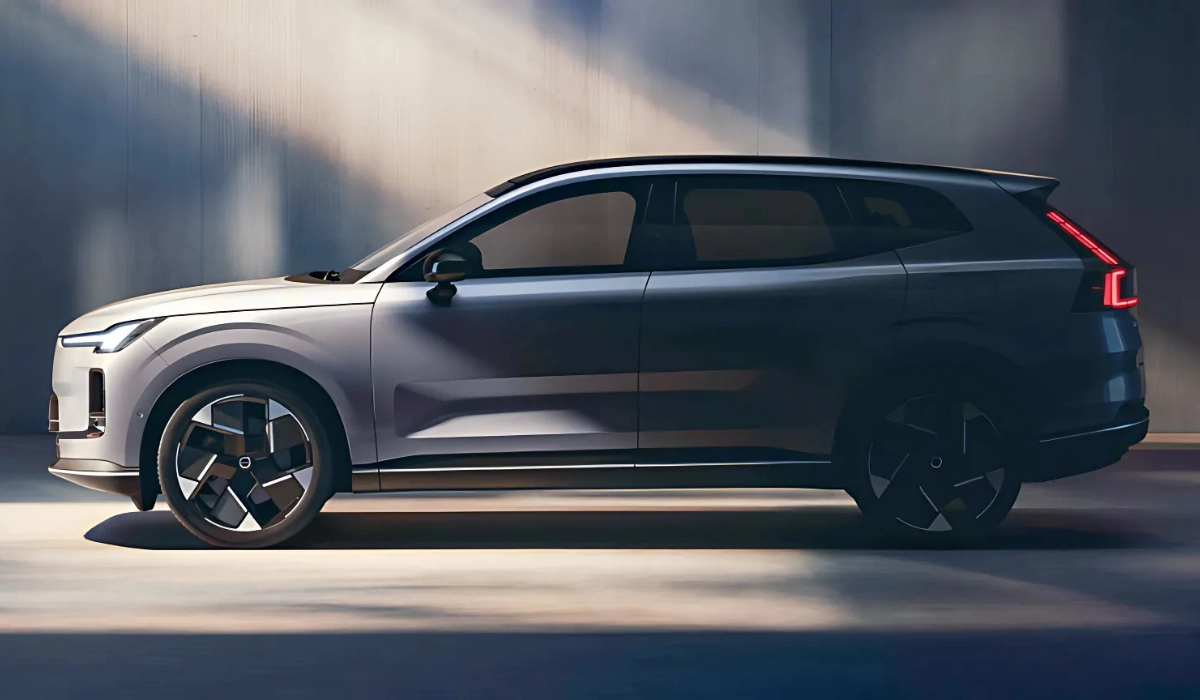
Expect Smarter Tech, More Comfort
Volvo has not released any full feature list, but we expect the next-gen XC90 to have:
- Google-based infotainment system with OTA updates
- Advanced driver-assist features (probably Level 2++)
- Enhanced interior comfort + new luxury trims
- More room in the cargo, improved 3rd-row space
So yes - it is about the hybrid powertrain, it is about making a modern SUV that feels like it is future-ready, but not overly complicated.
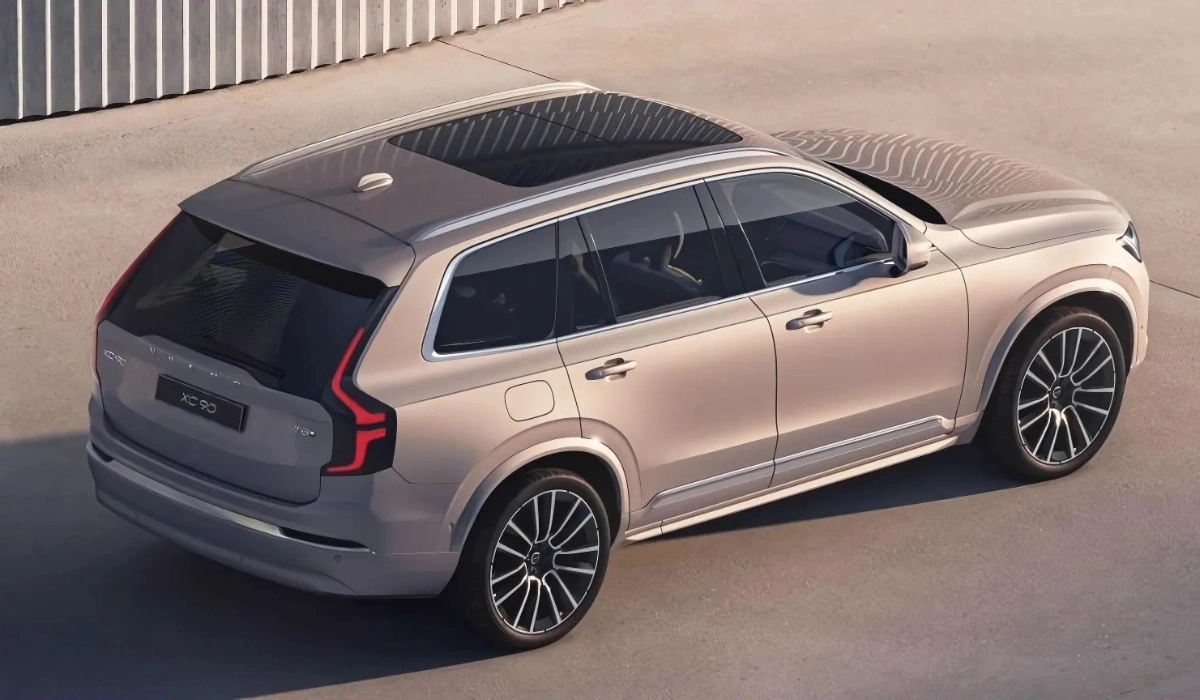
When Is It Coming?
There is no timelines announcement yet, but signs are pointing to us seeing the new XC90 towards late 2026 or early 2027. Volvo has time to correct the next gen with the 2024 facelift keeping the current model alive.
In the meantime, we expect Volvo will continue to update this current model with software updates and some hardware revisions.
2026 Volvo XC90 (Expected) Specifications
|
|
|
|
|
|
|
|
|
|
|
|
|
|
|
|
|
|
|
|
|
|
|
|
|
|
|
|
|
|
Conclusion
Volvo's decision to keep the XC90 nameplate alive with the next-generation PHEV is moving beyond fashion, but toward real human needs. Not everyone is ready (or even able) to go all-electric right now, especially in parts of the U.S. where home charging is still limited. The refreshed XC90 finds the best of both worlds by providing cleaner driving without losing long-distance confidence or family-friendly practicality.
Volvo is not just saving a nameplate; they have thoughtfully responded to a change in the market. And there's no denying that XC90 fans will appreciate the fact that Volvo is not just boldly moving toward the future: they're bringing their drivers with them.
Source(Image / Thumbnail): carscoops
